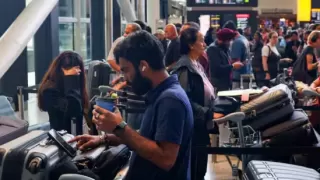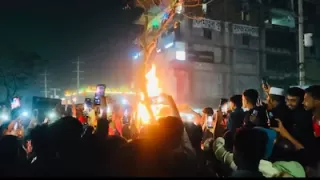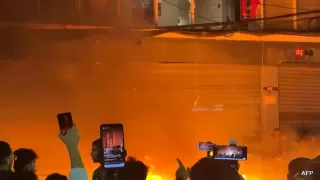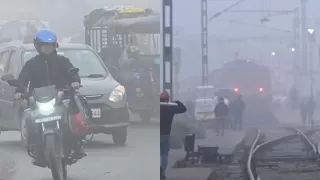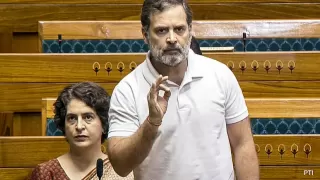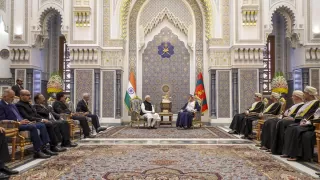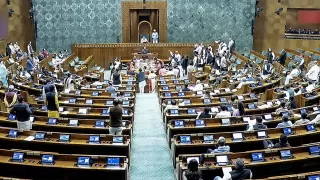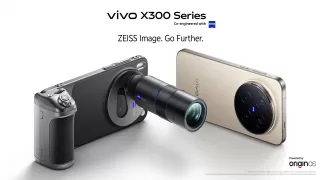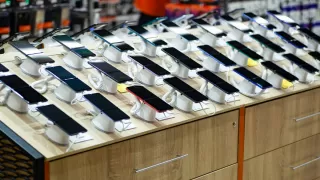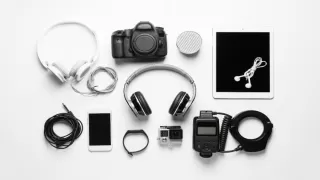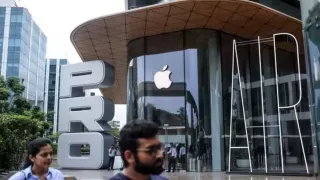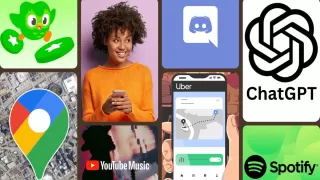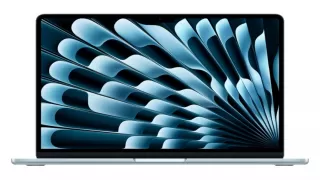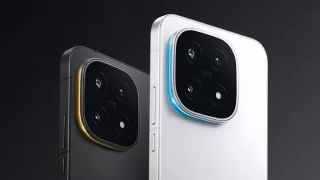OpenAI has taken another giant leap in artificial intelligence with the launch of Sora 2, its next-generation text-to-video model, alongside a brand-new social media app called Sora. This move positions OpenAI directly against Google’s Veo-3, a video generation tool that quickly gained mass popularity earlier in the year. The launch not only introduces powerful new AI capabilities but also marks OpenAI’s bold entry into the social video-sharing space, blending creativity, technology, and community in one ecosystem.
The release of Sora 2 is being described as a breakthrough for AI-driven video creation, offering features that make generated videos look more natural and immersive than ever before. Combined with an Instagram or TikTok-like interface through the new Sora app, OpenAI is aiming to redefine how people consume, share, and even star in short-form video content. Early reactions already suggest that this could be one of the most significant AI releases of 2025.
But what exactly is Sora 2, how does it work, and what makes the Sora app unique? Let’s explore everything you need to know about this groundbreaking launch.
A Breakthrough with Sora 2
Sora 2 represents OpenAI’s second major step in text-to-video generation, following the first version of Sora that introduced the concept to the public. With Sora 2, realism and accuracy have been pushed to a whole new level. The model is designed to obey the laws of physics, preventing the strange and unnatural glitches often seen in older AI video tools. For example, instead of a basketball teleporting to the hoop after a missed shot, Sora 2 ensures the ball rebounds realistically off the backboard.
Another impressive feature is its controllability. Users can provide detailed instructions, and the model maintains consistency across multiple shots, preserving what OpenAI calls “world state.” Whether creating cinematic trailers, anime clips, or realistic documentaries, Sora 2 can adapt to different artistic styles with high precision. This flexibility makes it appealing not only for casual creators but also for professionals looking to experiment with new formats of storytelling.
Sora 2 also adds synchronized audio capabilities, meaning it can generate soundscapes, dialogues, and background effects that match the visuals perfectly. This feature alone makes AI-generated videos feel much more complete and engaging, opening up possibilities for filmmakers, educators, and social media influencers to create content that looks and sounds professional without expensive equipment.
The New Sora App
Alongside the model, OpenAI has launched a dedicated social platform called the Sora app. Available initially on iOS for users in the U.S. and Canada, the app blends the addictive scrolling format of TikTok with AI-powered content generation. Users can not only create videos from text prompts but also remix other people’s creations, add their own twists, and share them in a personalized feed.
One of the standout features of the app is Cameos. After completing a one-time video and audio recording, users can insert themselves or friends into AI-generated clips. This allows people to appear in fantastical or cinematic scenes that would otherwise be impossible to shoot in real life. However, OpenAI has put strict controls in place to ensure consent and transparency. Users own their likeness, can revoke permissions at any time, and will always see where their cameo has been used—even in draft videos.
To further enhance creativity, the app supports collaborative content creation through a feature called Remixing. Similar to TikTok’s duet system but with an AI twist, Remixing allows users to take existing AI-generated videos and add new layers of imagination using prompts. The result is a constantly evolving ecosystem of shared creativity that blurs the line between creator and viewer.
Safety and User Controls
While the app is highly innovative, OpenAI has emphasized that safety and responsible use are top priorities. All videos generated within the Sora ecosystem include visible watermarks and metadata to indicate that they were AI-created. This is designed to combat misinformation and the misuse of AI for deceptive deepfakes, one of the major concerns in today’s digital landscape.
The app also tackles the issue of doomscrolling and overuse. Instead of encouraging endless passive consumption, the Sora feed prioritizes content from people you follow and highlights videos that are most likely to inspire your own creations. For users under 18, features like doomscrolling are disabled by default, helping encourage healthier app usage habits.
In addition, OpenAI has restricted sensitive content creation, blocking attempts to misuse the technology for violence, explicit material, or impersonation of public figures without permission. These guardrails show that the company is aware of the risks that come with releasing such a powerful tool into the public domain.
What Sets Sora Apart from the Competition?
OpenAI’s Sora app directly challenges existing short-video platforms like TikTok and Instagram Reels, but with one crucial difference—AI at its core. Unlike competitors that rely on user-uploaded footage, Sora’s focus is on AI-driven creativity, letting anyone with an idea instantly turn it into a video. This opens doors for users who may not have cameras, editing skills, or production budgets but still want to tell stories visually.
Google’s Veo-3 is perhaps its closest competitor in the AI space, but OpenAI is betting big on the social element. By making Sora a dedicated app rather than just a model available through an API, OpenAI is creating a ready-made ecosystem where creativity meets virality. The Cameos and Remix features are designed to create a sense of community, where users can interact not only with AI but also with each other through shared video experiments.
This strategy positions OpenAI not only as a leader in AI innovation but also as a serious player in the future of social media. If successful, the Sora app could reshape the way short videos are made and consumed worldwide.
Conclusion
The launch of Sora 2 and the Sora app represents a bold step for OpenAI, merging advanced AI video generation with a social sharing platform. From realistic physics to synchronized audio, and from Cameos to Remix collaborations, the technology is designed to empower creativity on a massive scale while keeping safety and user control in focus.
Though still in its early stages and limited to iOS in select regions, the potential impact of Sora is enormous. It has the ability to redefine not only content creation but also how people engage with social platforms. As the app expands and the model improves, the world may soon witness a new era where AI-driven video is not just a tool but a cultural phenomenon.
Also Read: Top 5 Places to Watch Ravan Dahan Across India in 2025




